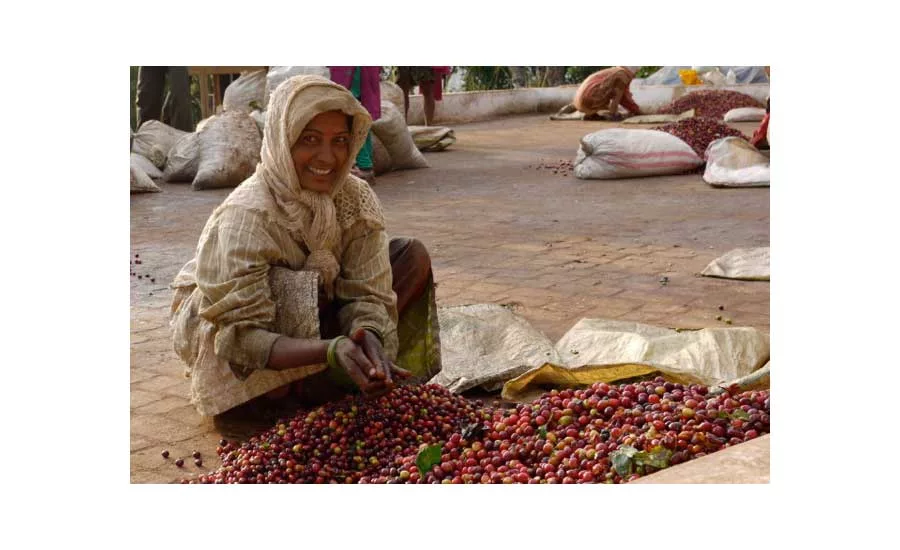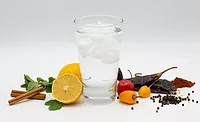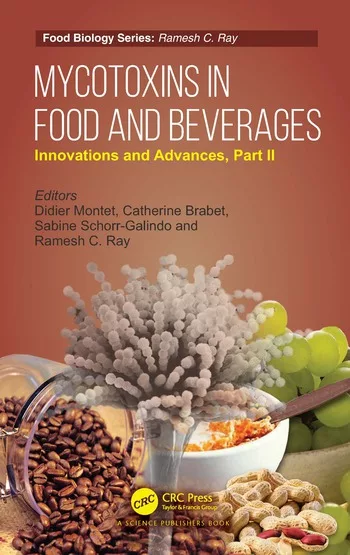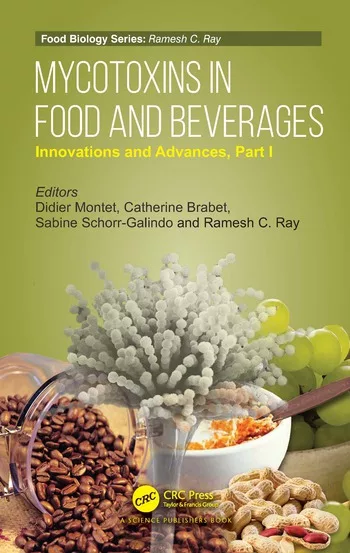Ingredient Spotlight
Coffee fruit shows potential in future beverage innovations
Niche benefits could seize untapped opportunities in food, beverage

Consumers rarely look at coffee and see more than just the bean, an observation noted by Brian Zapp, creative director at Applied Food Sciences (AFS), Austin, Texas. Yet, surrounding every coffee bean is a cherry-like fruit known widely as cascara, whose earthy and sweet flavor meets the sensory experience many consumers seek, while also boasting desired health benefits, he says.
“Beyond the novel taste, coffee fruit can provide added nutrition to food and beverages; its attractive source of antioxidants, phytonutrients, and fiber is similar to that of many other potent fruits and berries,” he says. “That it is derived from coffee also means that it is the perfect complement to the fast-growing category of more functional coffee products like ready-to-drink (RTD) beverages or cold brews.”
Zapp also points out that coffee fruit brings greater value to coffee farmers worldwide, impacting sustainability.
“The true beauty of coffee fruit is returning the value from an otherwise wasted product back into the hands of the coffee-growing community — many of which are in developing countries or rural areas with higher rates of poverty,” he says. “Coffee fruit provides an opportunity for farmers to benefit further from their hard labor.”
Jessica L. Giancola, business development director of coffee fruit for FutureCeuticals, Momence, Ill., explains that coffee fruit “cascara” (skin) is an upcycled byproduct of the coffee production process.
“At many coffee farms, cascara is discarded, which can transmit harmful mycotoxins into the air during decomposition,” she says. “But during our coffee fruit harvest, for example, the superfruit is hand-picked at family-owned farms in a zero-waste process that captures and preserves all of the benefits of the plant.”
AFS’ Zapp also says that consumers’ love of all things coffee shows no signs of waning. According to Mintel’s July 2019 projections, the U.S. coffee market was projected to grow at a compound annual growth rate of 22.7 percent through 2024.
“RTD coffee is the fastest-growing sub-segment,” he says. Over the last few years, we have seen some notable innovations focused on improving the delivery systems of coffee, its experience, and its performance by making it more functional.”
However, Caleb Bryant, associate director of food and drink at Chicago-based Mintel also notes that a waning number of brands actively call out their use of cascara or coffee fruit on packaging, perhaps due to lack of consumer familiarity with the ingredient.
“Cascara has previously been marketed as a cross between coffee and tea. While some could argue this market positioning is a benefit, cascara drinks may have not expanded because they don't offer the taste/energy of coffee nor the familiarity and inherent health halo of tea,” he says.
Bryant adds that cascara drinks also raise questions for retailers of whether these products should be stocked with RTD coffee or tea, noting the ingredient might have potential, but hasn’t yet been mastered by one specific drink that captures consumer attention.[1]
Nevertheless, Futureceuticals’ Giancola notes that as the COVID-19 pandemic shifted consumer interest to sustainably sourced ingredients and plant-based solutions for immune health and wellness, coffee fruit is at least in their line of sight.
“Consumers are looking for products with a story that make a positive impact on their bodies and the planet,” she says. [2]
She adds that by the end of 2020, Mintel’s January 2021 Ingredient Zone database noted a spike in launches of beverages with coffee fruit, with the most popular applications including low-sugar fruit juices, waters, sports and energy drinks, and hot beverages.
“Coffee fruit innovation has limitless potential. [Futureceuticals] predicts future developments will include unique functional foods, such as chocolates and yogurts, that deliver an energizing claim,” she says. “We also expect beverage coffee fruit innovation to be shaped by consumer demand for antioxidants and unique polyphenol profiles.”
Looking for a reprint of this article?
From high-res PDFs to custom plaques, order your copy today!








